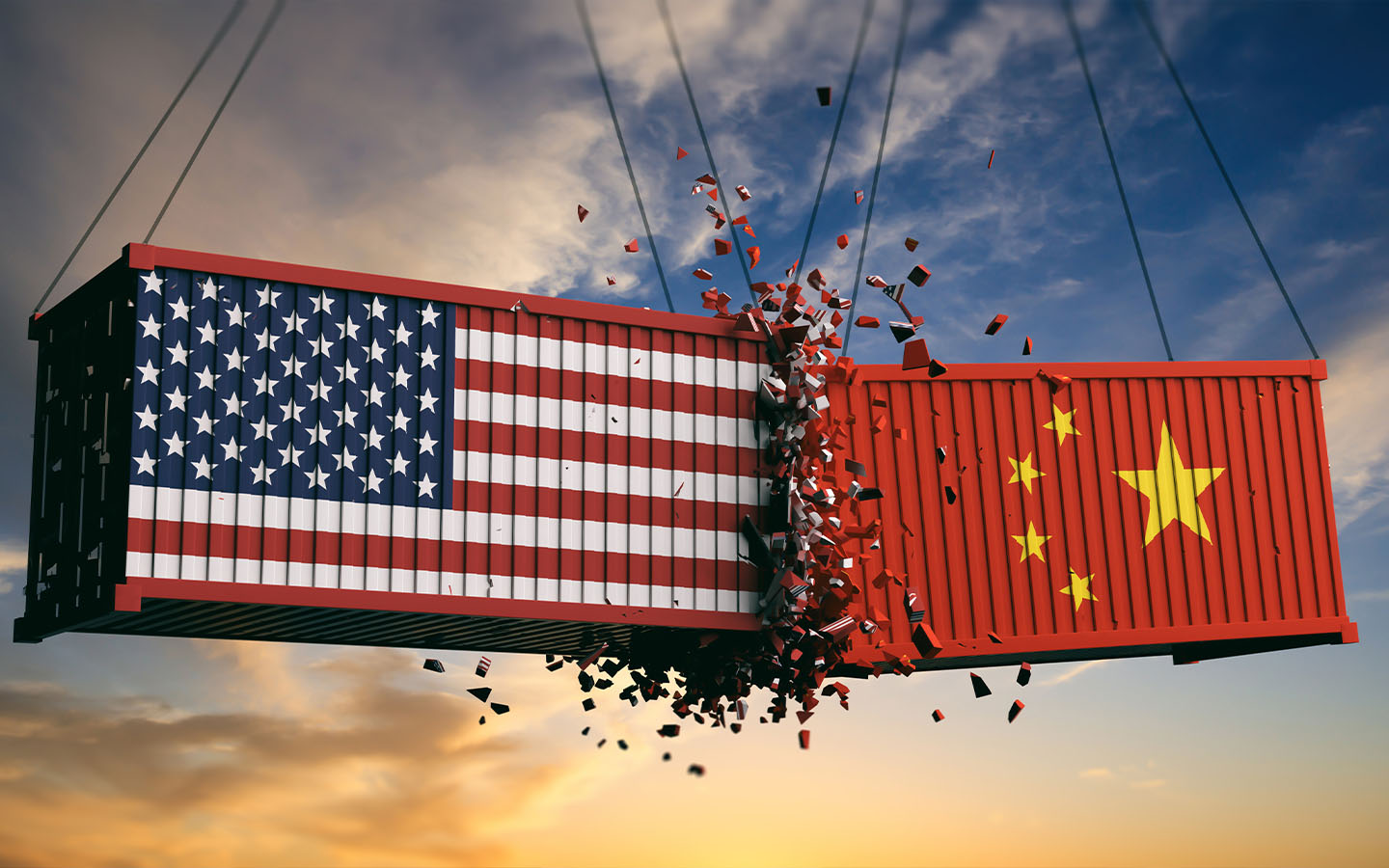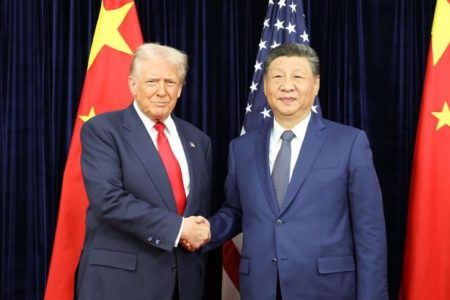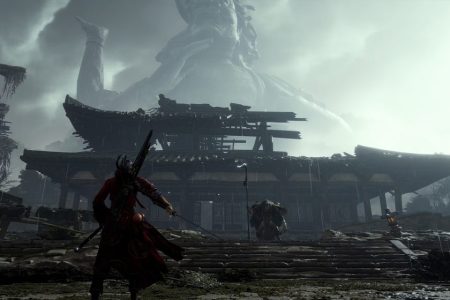The White House has clarified that Chinese imports to the US are now being hit with a total tariff rate of 145 percent – not the 125 percent earlier thought, multiple media outlets have reported.
Ray Dalio, the prominent billionaire and investment guru, cautioned that the ongoing trade disputes could have a much deeper and more lasting impact than is currently apparent. He suggested the clash is triggering substantial shifts in both the global financial systems and the political arena at large.
“We are seeing a classic breakdown of the major monetary, political and geopolitical orders,” he wrote on X.
Fears are now growing that the conflict between the two powers will spill over into the financial arena. In a widely reported Fox Business Network interview yesterday, US treasury secretary Scott Bessent declined to rule out the possibility that Washington would delist Chinese stocks from US exchanges.
[See more: Macao needs to brace for a drop in tourist spending following US tariffs: expert]
Other observers say China could use its position as the second largest holder of American debt to dump US treasury bonds, with unprecedented and far-reaching consequences.
China is the only US trade partner not included in a 90-day pause of US President Donald Trump’s tariffs, which had ranged from 10 to 50 percent on almost 90 countries, regions and blocs. The US president announced the pause just hours after the new rates kicked in on Wednesday. In their place, Trump imposed a universal baseline levy of 10 percent on imports.
US economist Erica York, vice president of federal tax policy at the Tax Foundation’s Center for Federal Tax Policy, told CNBC that the US cumulative tax rate on China would likely end almost all trade between the two countries.
“Generally, if you get north of a triple-digit tariff, you are cutting off most trade,” she said. “There may still be some things without any substitutes that companies just have to foot the bill, but for the most part, that cuts it off.”
York added that, even with the current pause on most reciprocal tariffs, Trump had led his country into its most protectionist state in decades. “This is major,” she said. “It’s huge cost increases. It’s an economic hit. It’s clearly not setting us on a very good path.”
[See more: Beijing to Washington: ‘Stop using tariffs as a weapon’]
In last week’s so-called Liberation Day announcement, US President Donald Trump gave China what he termed a “reciprocal” tariff rate of 34 percent. He later upped that several times, as Beijing hit back with tit-for-tat levies on US imports, resulting in a reciprocal rate of 125 percent being imposed yesterday.
That apparently didn’t take into account the 20 percent levy Trump had already imposed on China over what Washington characterises as China’s failure to stem the flow of fentanyl into the US – an allegation that Beijing strenuously denies. This means a 145 percent rate is now in force.
So far, China has imposed retaliatory tariffs of 84 percent on all US imports, which came into effect yesterday. The Ministry of Commerce has said that while “door to dialogue is open” to the US, Beijing was more than willing to “fight to the end” to defend its legitimate rights and interests.
Trump has argued that increasing the cost of imports in the US will encourage domestic manufacturing, spur local consumers to buy more American-made goods, and increase the amount of investment in the country. However, many analysts say that it would take years to relocate to the US even a fraction of manufacturing now done offshore, and that in the meantime the cost of goods will soar.
There have also been warnings that an all-out trade war between China and the US could push the world into a recession, given that the two countries account for around 43 percent of the global economy.






